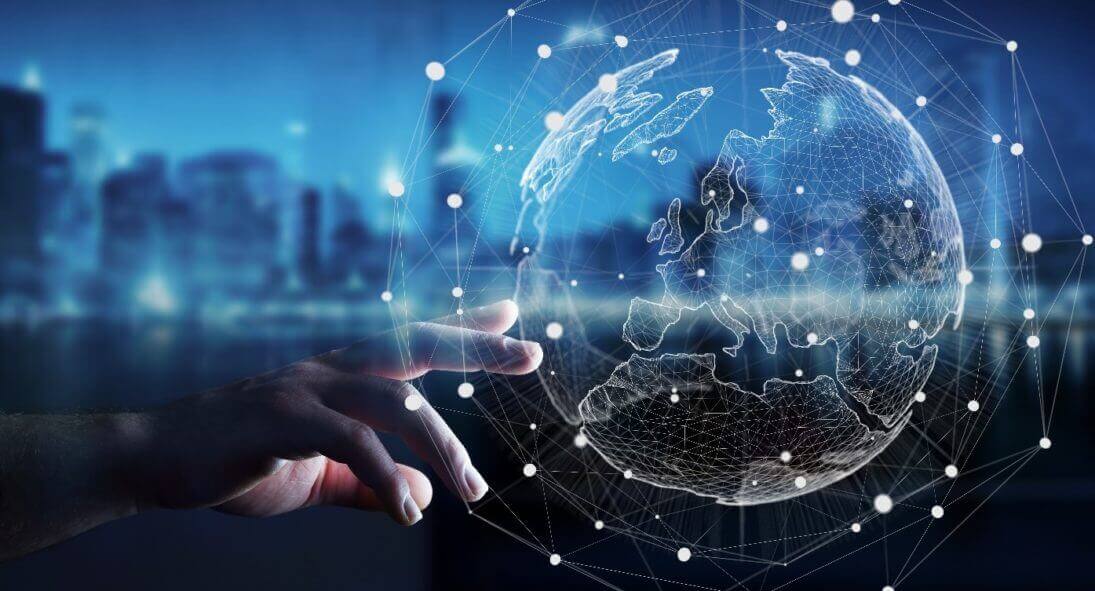As we know, many enterprises are turning to technology to increase efficiency and green their operations. However, the ICT sector is one of the faster-growing greenhouse gas-emitting and energy-consuming sectors. The question is, what more can we do to lessen our carbon footprint?
The technology sector has already shown that it has the ‘smarts’ to make a positive difference.
We need collaboration, internationally, regionally, and nationally, to turn aim into action. The interplay between climate change and digital transformation is crucial.
In e-waste, it can be hard to determine who is responsible for the end-of-life management of equipment. The responsibilities for firms that produce equipment such as computers and smartphones, and put it on the market, are not always clear. Remarkably, the energy efficiency of products is not tied to the regulation of waste management.
For International E-Waste Day, ITU partnered again with the WEEE Forum to produce a report labeled Internet Waste. It focuses on end-of-life management of the ICT equipment that supports our expanding connectivity. Sustainability efforts are becoming more critical across ICT supply chains. Still, it is worth noting that the current regulatory environment too often makes it costly to recycle and reuse obsolete ICT devices.
ITU’s Connect 2030 Agenda will boost the global e-waste recycling rate to 30% by 2023
In response, ITU’s Connect 2030 Agenda set a target to boost the global e-waste recycling rate to 30% and increase the number of countries with e-waste legislation to 50% by 2023.
We also need to guarantee interoperability and decrease energy consumption. The latest ITU standards for energy efficiency guide sustainable power feeding solutions for IMT-2020/5G networks, energy-efficient datacenters capitalizing on big data and artificial intelligence, and smart energy solutions for telecommunication infrastructure.
Significantly, the Paris Agreement will require the ICT industry to decrease greenhouse gas (GHG) emissions by 45% from 2020 to 2030.
Meanwhile, global warming’s daily impact requires emergency measures and predictive analytics to protect populations.
Moreover, the ITU Radiocommunication Assembly 2019 decided to conduct urgent studies regarding disaster prediction, detection, mitigation, and relief. Significantly, when disaster strikes, connectivity can be prioritized. Moreover, resources can be more easily found to provide vital communication for relief workers and the people hit the most.
Coronavirus pandemic has brought home to everyone the huge benefits of digital technologies to change our economies and lives. We need ‘build back better,’ and that means we must build back ‘greener.’











